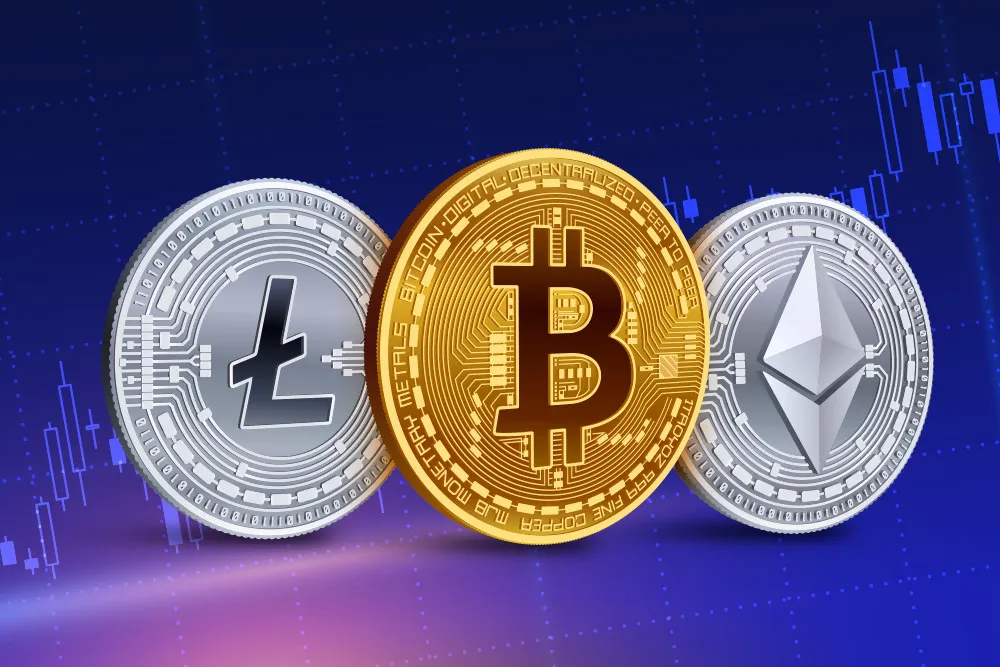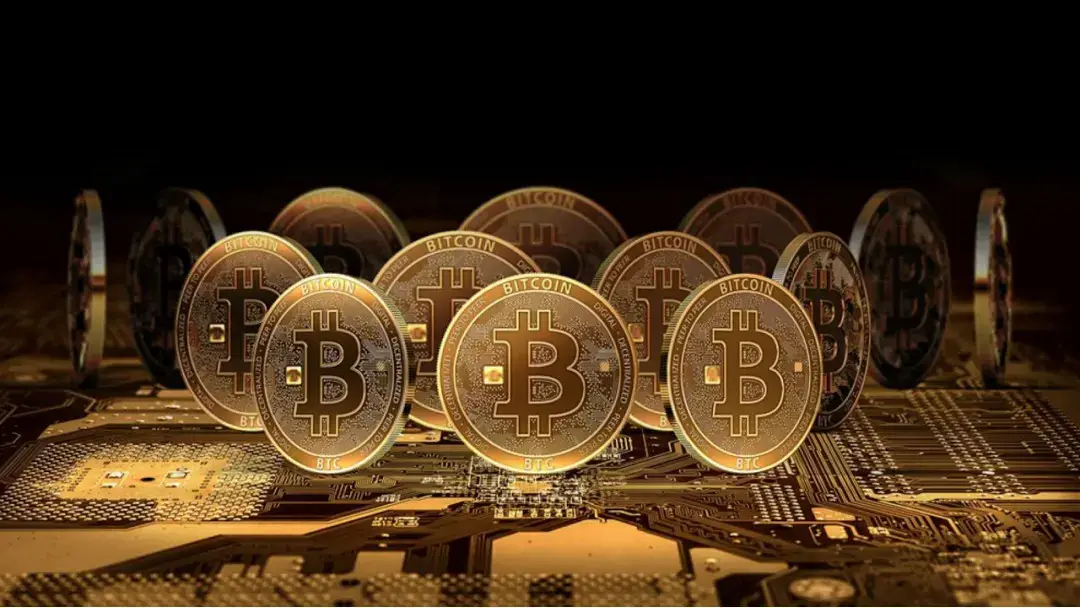Despite the maturity of the sector, myths about cryptocurrency continue to proliferate at the same speed as new tokens on obscure exchanges. Some believe in complete anonymity, others consider Bitcoin a relic of the past, and still others confuse blockchain with a “financial pyramid.” Below are the breakdown of the eight most persistent misconceptions with facts, analysis, and figures.
Bitcoin is outdated and no longer relevant
It is often said: “Bitcoin is outdated,” “the technology is not evolving,” “if you missed it, don’t chase it.” Yet this token remains the market anchor with a 51% dominance and daily transactions totaling over $30 billion.

The PoW consensus mechanism continues to operate, scalability is increasing through the Lightning Network, fees are decreasing to $0.04, and the infrastructure is gradually being complemented by custodial services. Bitcoin has not disappeared — it is evolving slowly but steadily, like gold, intricately woven with code.
Myth that all cryptocurrencies are financial pyramids
Stereotypes often associate any digital assets with financial schemes. The reason lies in the loud collapses of projects like OneCoin or PlusToken, which collected $4.4 billion before their downfall. However, the key difference lies in open-source code, public audits, consensus algorithms, transparent transactions, and decentralization.
The market weeds out the weak: by the beginning of 2025, over 24,000 tokens had gone to zero. Those that survived are the ones that underwent audits, established liquidity, created products, and integrated security.
Cryptocurrency is the perfect tool for anonymity
Stereotypes distort digital assets as a “ticket to the shadows.” In practice, the blockchain stores the entire history of movements, and analytics tools like Chainalysis or Elliptic allow tracking transactions down to the IP address.
Pseudonymity ≠ anonymity. Even Monero and Zcash limit privacy only within the network. Any conversion to fiat currency or withdrawal to centralized exchanges requires verification. European laws have already equated crypto exchanges to banks in terms of KYC requirements.
Cryptocurrency has no value
This misconception stems from a lack of understanding of what determines value. Price is always a function of liquidity, demand, infrastructure, and trust. The market capitalization of ETH exceeds $450 billion, and Ethereum network fees amount to $3.7 billion annually.
For newcomers, cryptocurrency may seem like a valueless number, but stable blockchain projects are building entire ecosystems: DeFi, NFTs, DAOs, cross-chain bridges, scalability enhancements. And all this operates without a central bank, but with the participation of millions of addresses and hashing algorithms ensuring security.
Crypto is all about speculation and volatility
Explosive growth — yes, sharp corrections — also yes. But myths about cryptocurrency exaggerate its chaotic nature. Bitcoin’s volatility in 2024 dropped to the level of NASDAQ — around 26%. Institutional investments from BlackRock and Fidelity brought $48 billion into the ETF market in 6 months.
Exchanges are introducing derivatives with limited risk, algorithmic trading, stop orders, and regulated assets. Investments in stablecoins, index tokens, and tokenized bonds reduce risks and form a professional infrastructure.
Regulation will destroy cryptocurrency
One popular fear is that government laws will push out digital assets. In reality, the opposite is happening — countries are implementing regulations. The U.S. is piloting a digital dollar, the EU is introducing MiCA, regulating stablecoin projects.
Regulation does not cancel but strengthens trust. Project analysis under supervision simplifies verification, reduces the likelihood of scandals and fraud, and protects investors’ rights. Example: Coinbase exchange licensed in 40+ countries and operating within local laws.
Blockchain cannot scale, therefore it is doomed
The weak scalability of early networks led to a critical rise in fees and congestion. However, the development of L2 solutions (Arbitrum, Optimism), sharding (Ethereum 2.0), cross-chain interoperability, and zk-Rollups are changing the rules of the game.
Myths about cryptocurrency ignore statistics: 1 million transactions per day in Solana, less than $0.002 per transfer. The new consensus allows processing up to 65,000 transactions per second with minimal fees and high security. Examples are already in operation: Polygon, Starknet, Celestia.
Everything related to crypto is unsafe
An error dating back to 2013 when the Mt.Gox hack took 850,000 BTC. Today, cybersecurity and key protection are standard. Wallets integrate multi-factor authentication, storage in hardware devices, multisignatures, and biometrics.
A list of specific solutions that protect users and projects:
- Ledger Nano X and Trezor Model T provide cold storage of assets.
- MetaMask integrates phishing protection protocols and smart contract monitoring.
- Fireblocks, Anchorage — custodial platforms for institutional investors.
- CertiK and Quantstamp conduct smart contract audits and identify vulnerabilities at an early stage.
Such tools and platforms form an ecosystem with a high level of protection comparable to banking standards. Security in cryptocurrency is no longer an exception — it has become a mandatory element of a mature market.
The truth about cryptocurrency lies in the details
Misconceptions hinder a sound understanding. The truth and myths about cryptocurrency have long diverged. Analysis confirms that it is not just the project that builds trust, but a combination of parameters — algorithms, decentralization, infrastructure, liquidity, regulation, and transparency.
Risk assessment is a tool, not a barrier. Fiat money loses value faster than blocks are added to the chain. It is important to understand what not to believe in crypto and to use data rather than speculation.

Myths about crypto are noise easily erased by facts. A rational approach, calculation, and informed decisions provide an entry point into the future economy.
Myths about cryptocurrency: conclusions
Myths about cryptocurrency are not just misconceptions but barriers that hinder the exploration of the new economy. While some continue to believe in outdated clichés, others are already using digital assets in business, investments, and technologies. The crypto market is not perfect, but it is transparent, measurable, and rapidly evolving. To move forward, one needs to rely less on rumors and more on numbers, facts, and verified information.
 en
en  ru
ru  de
de  ar
ar  es
es  nl
nl  hi
hi  fr
fr  it
it  pt
pt  el
el 



